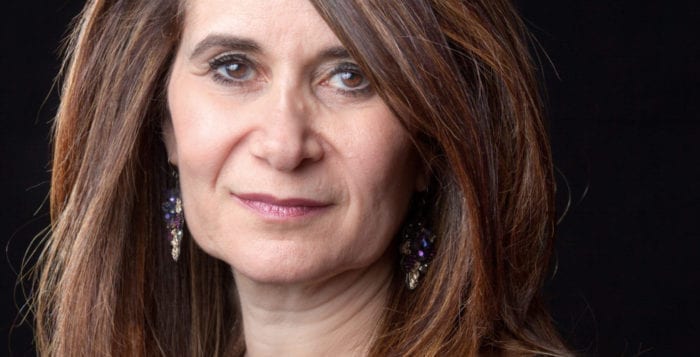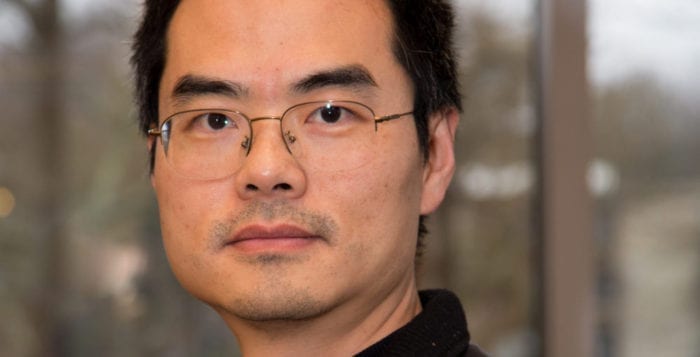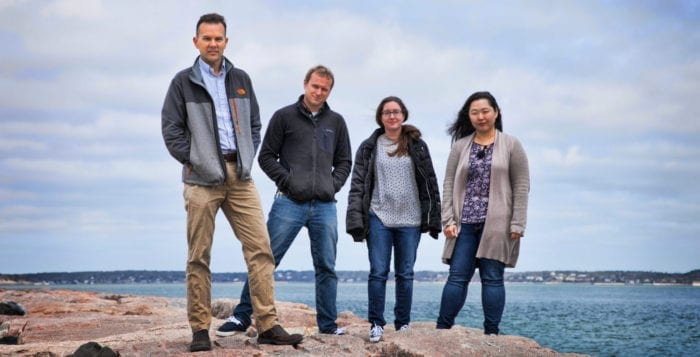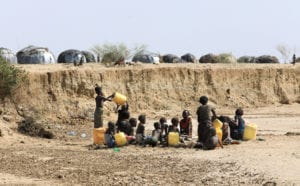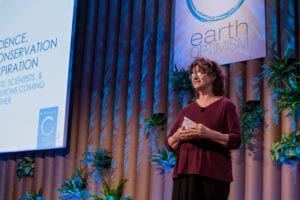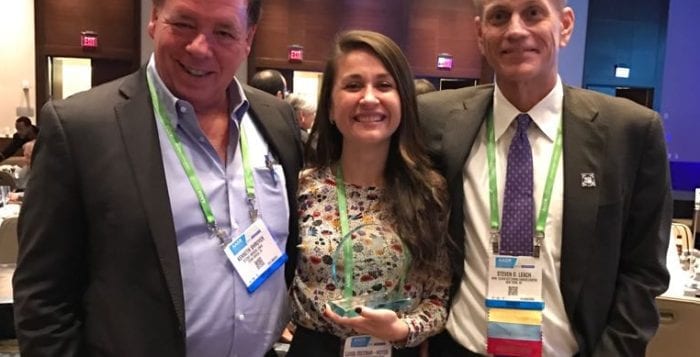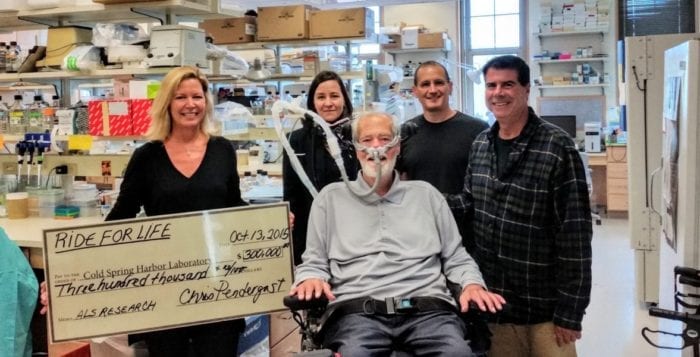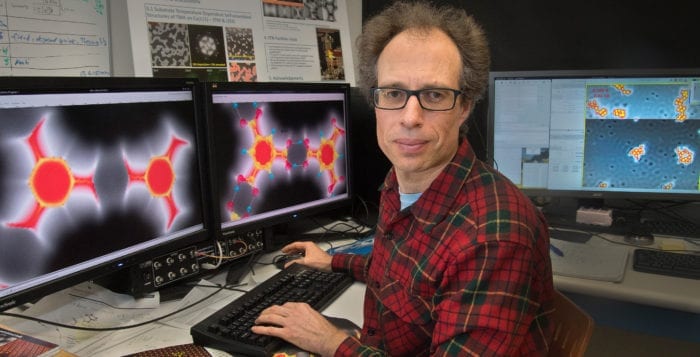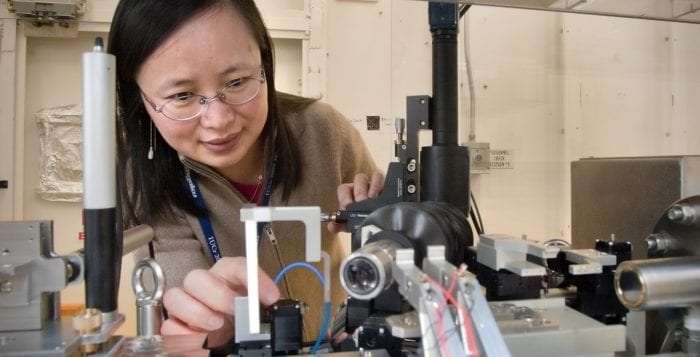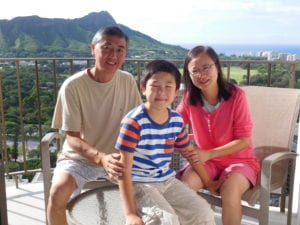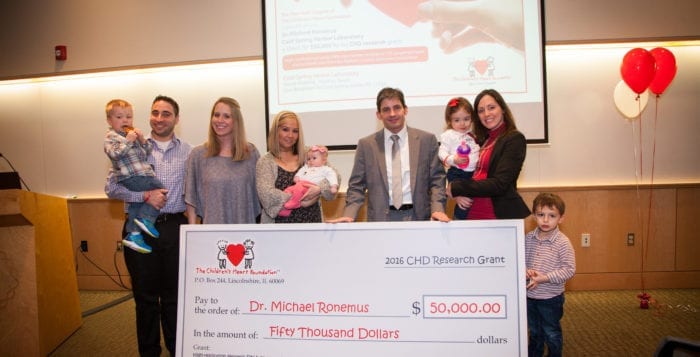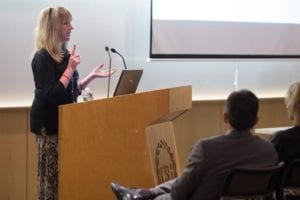By Daniel Dunaief
Like many of the other talented and driven professionals at Cold Spring Harbor Laboratory, Leemor Joshua-Tor often works far from the kind of spotlight that follows well-known actors or authors.
That changed in April and early May. First, the American Academy of Arts and Sciences elected her a member on April 11. Other members joining the academy this year include Carol Burnett, New York Times columnist Nicholas Kristof, actor Ian McKellen, who played Gandalf in the Hobbit films and Magneto in the X-Men movies, and Israeli writer David Grossman.
Then, on May 2, the National Science Foundation elected the Cold Spring Harbor Laboratory professor and Howard Hughes medical investigator to join its ranks. “I got a huge amount of congratulatory emails from many friends, some of which I haven’t been in touch with for a while,” Joshua-Tor said. “It’s humbling.”
Joshua-Tor’s research covers a range of areas in structural and molecular biology. She works with RNA interference, where she focuses on how small molecules regulate gene expression or translation. She has also worked with Cold Spring Harbor Laboratory President Bruce Stillman on the early stages of DNA replication.
Early this year, Joshua-Tor and Stillman published a paper in eLife Sciences in which they offered more details about the human origin recognition complex. Stillman suggested that Joshua-Tor was the “main driver” for the research, studying the structure of a protein he had isolated years ago. “I am not a structural biologist, but she is an outstanding one and together, we came up with a very satisfying result.”
The origin recognition complex begins the process of replication, recruiting a helicase, which unwinds DNA. It also brings in regulatory factors that ensure smooth timing and then other factors such as polymerase and a clamp that keeps the process flowing and ensures accurate copying of the genetic code. “We don’t know how ORC’s motor activity is used,” Joshua-Tor explained. “We don’t really know what it is on the DNA that the ORC likes to bind to.”
In the recent work, the scientists explored the ORC’s structure and tinkered with it biochemically to understand it. The ORC binds and hydrolyzes the energy molecule adenosine triphosphate, or ATP, in the same way a motor would, although it probably isn’t continuous. “It might use ATP hydrolysis to perform one sort of movement, perhaps a detachment,” Joshua-Tor suggested.
In the early stages of replication, ATP is necessary for the integrity of the ORC complex, as well as the helicase that gets recruited. “We knew from biochemistry that ORC bounds multiple ATP molecules, but we did not know precisely how,” Stillman explained in an email. “The structure told us. ORC does not open the DNA by itself, but loads a protein complex onto the DNA that, when activated, can open the DNA.” Stillman is working on that process now. The next step for the CSHL collaborators is to get a structure of human ORC bound to DNA.
In their recent work, the researchers characterized how mutations involved in ATP hydrolysis affect a condition called Meier-Gorlin syndrome. Of the mutations they characterized, one affects the ability to hydrolyze ATP. Patients with this syndrome have one copy of the gene with typical function and the other that doesn’t. This likely leaves the patient with half of the molecules to do the required job.
The misregulation of replication is often associated with cancer and is something Joshua-Tor and others consider when they conduct these studies.
ATP, meanwhile, is associated with all kinds of activities, including cell adhesion and taking down misfolded proteins. Many processes in the cell connect to these types of molecular machines.
In her research with RNA interference, she is studying how a microRNA called Let7 is produced. Let7 is involved in development. Before cells differentiate when they are stem cells, they make Let7 continuously and then destroy it. She is studying the pathway for this process. Let7 is absent from stem cells and in some cancers.
Interested in science and theater when she was young, Joshua-Tor grew up in Israel, where she participated in activities at the Weizmann Institute of Science. The institute has biology, biochemistry, chemistry, math, computer science and physics, as well as an archeology unit that didn’t exist when she was there. Later, when she was a graduate student, Joshua-Tor returned to the institute and became an instructor.
An important moment in her scientific development occurred when she was in seventh grade. She was learning about elements and she put each one on a card. She brought these cards to class to study them. Her mother gave her a container that had housed her perfumes, which created a positive association for chemistry every time she studied the elements.
Joshua-Tor was also interested in theater, where she was initially in shows and then became an assistant director. The researcher lives with her daughter Avery, who is 8 and attends the Jack Abrams Magnet School. The tandem have a Schnauzer named Charles Darwin. Her daughter is proud of her mother and tells “anyone that would listen” about the awards her mother recently won, Joshua-Tor said.
Joshua-Tor, whose lab now has 11 people, said she is excited for the opportunity to meet some of her fellow honorees this fall.
Stillman expressed pride in “all our scientists and especially when they make major discoveries and they receive such peer recognition,” he wrote in an email. Joshua-Tor is “one of our best, but we have many scientists who will go on to gain substantial peer recognition. This is her turn, at least for these two awards!”

